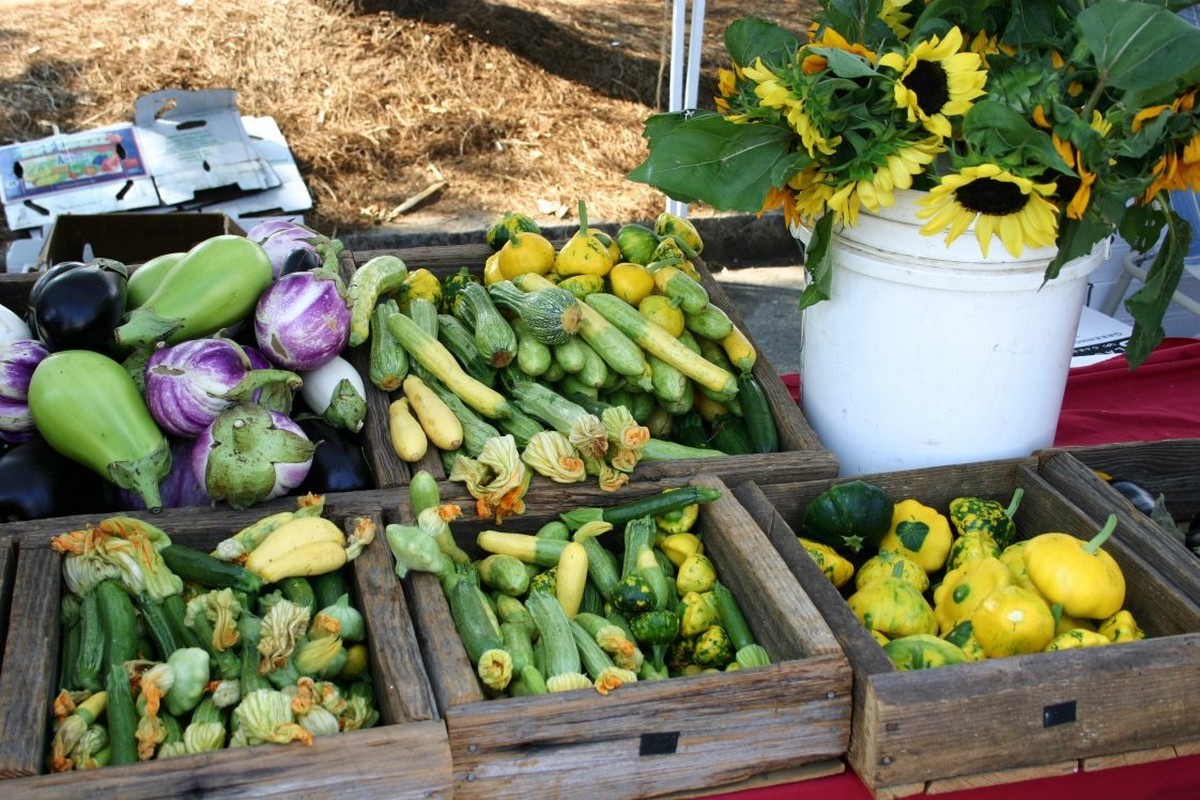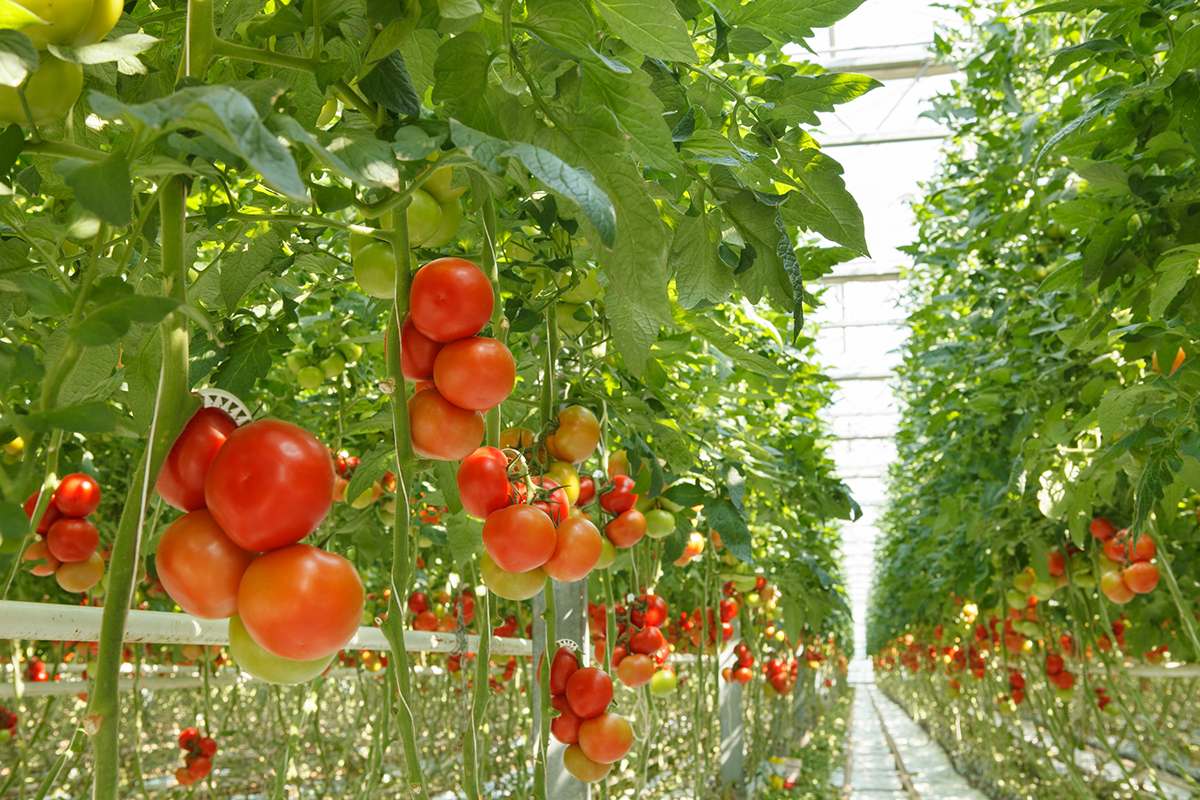Ideas for plants that will enjoy late afternoon sun on a west facing slope (zone 5b, catskills ny)
Hi all! So, my property is on the westward (slightly southwestward) slope of a mountain in the catskills. One of the areas that gets the best sun in our relatively dark little valley is a steep hillside, 6+ hours from mid march to, presumably, mid october. I am working on terracing parts of it (pics here). It’s a ton of fun building the retaining walls, and it’s gotten me to finally work on a lot of brushy invasives (multiflora rose and honeysuckle mostly). It will give me a lot more usable space… but I’m not sure what to use it for?
I have plans to do blueberries for sure (something that’s never really been an option here because of heavy clay soil and lack of sun hours) and lupine, probably in the same terrace. Native raspberries. Sunchokes maybe? One terrace w a mix of echinacea, milkweeds, coneflowers, etc. And I may save space to grow winter squash in some of them, maybe with a trellis arch going from one level to the next. I’ll probably broadcast clover in all or most of them, etc.
But I’m looking for other ideas. Do you think sun from about noon to 6 (at which point it tends to go behind the trees before setting behind the mountains) would be too harsh for currents? What about hardy kiwi? Other ideas? I am thinking abt filling one small terrace w ‘discard’ rocks, and sand from the streamside, and growing eastern prickly pear – anyone from the catskills region have experience growing it? It’s native but I’m still suspicious it’ll be hard with our wet winters. And springs. And all years.
submitted by /u/mountain-flowers
[link] [comments]





